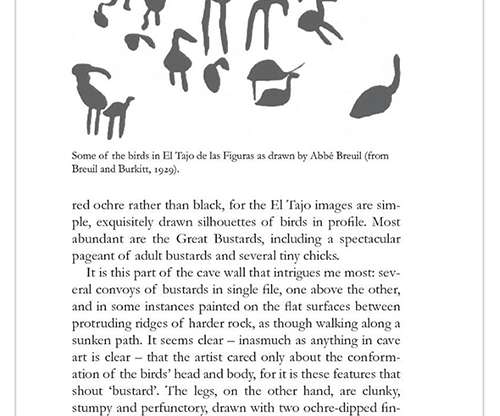What the Owl Knows: The New Science of the World’s Most Enigmatic Birds: A Book Review
10,000 Birds
JULY 4, 2023
The species are taxonomically divided into two families: Tytonidae, Barn-Owls, and Strigidae, Owls, encompassed in one order, Strigiformes. They are also hunted. They roost and hunt, at night (mostly) when we can’t see them. Sprigs of Wolf Lichen spring from the Douglas firs, a gorgeous, almost iridescent lime green.












Let's personalize your content